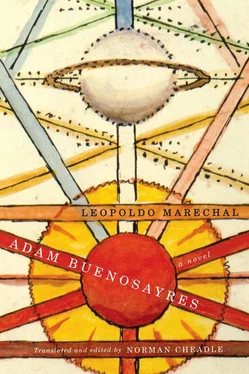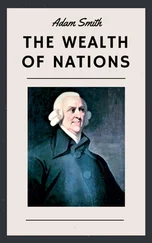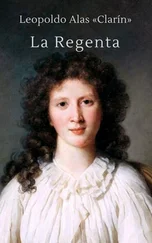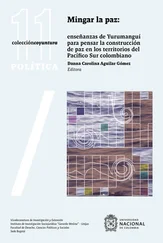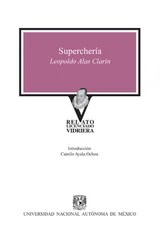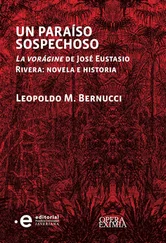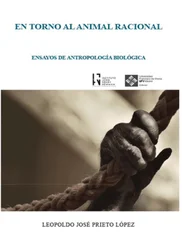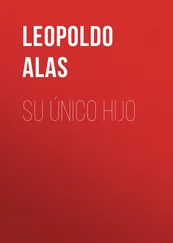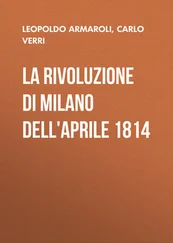8 “Olas que al llegar / plañideras muriendo a mis pies.” “Waves that break and die / plaintive at my feet.” Verses from the Vals sobre las olas , a waltz in the Viennese style composed in 1888 by the Mexican composer Juventino Rosas, who died in Cuba in 1894. Popular in Europe, the waltz was illegitimately claimed by many European composers. The Cuban anthropologist Fernando Ortiz (1881–1969) recalls that during his students days spent in early-twentieth-century Spain the visiting Spanish-American students used to sing this waltz in order “to distinguish and affirm our collective personality.” Thus, he continues, the Vals sobre las olas came to be “a sort of hymn of the peoples of Spanish America vis-à-vis the foreign contingent; it did not cease to be a pleasurable dance, but it became as well an expression of nationalist and regionalist resistance” (Ortiz 18).
9 Juan Moreira: see 649n28.
10 “El Choclo” [The Corncob] is an old chestnut in the tango repertoire, first performed publicly in 1903.
11 A.M. Zubieta (120) considers that the taita Flores is Francisco Real, the murdered protagonist of Borges’s famous story “Hombre de la esquina rosada” (in Historia universal de la infamia [1935]), who has resuscitated and retells his story “with changes.” In Borges’s story, Francisco Real is murdered, secretly, by the sly first-person narrator (Borges OC I, 331–6). Zubieta’s thesis, though she does not say so explicitly, implies a subtle literary duel being waged between Marechal and Borges.
12 “Cascabel, cascabelito, / ríe, ríe, y no llores.” From the tango “Cascabelito” (1924; lyrics by Juan Andrés Caruso, music by José Böhr). In the following paragraph, as Barcia (450n) indicates, several other tangos are referenced: “Milonguita” (1920), “Flor de fango” (1919), and “Mano a mano” (1923). Marechal’s pastiche is based on the popular stereotype first coined in Evarista Carriego’s posthumous La costurerita que dio un mal paso [The Little Seamstress Who Took a False Step] (see 659n14). It came to be emblematic of tango culture, directly inspiring, for example, “No salgas de tu barrio” (1927) [Don’t Leave Your Neighbourhood] (Gobello Letras de tango , vol. 2, 125). Osvaldo Pugliese closes the cycle in 1934 with a tango without lyrics titled “La Beba,” the title alone invoking the pathos of the neighbourhood girl who went astray. The stereotype reflected the burning social issue of young working-class women who, in search of economic independence, often fell into prostitution. Manuel Gálvez’s widely read novel Nacha Regules (1919) represents a middle-brow treatment of the theme; a film version was made in 1950 by Luis César Amadori.
13 In “the fiery sunsets of Villa Ortúzar” A.M. Zubieta (118–19) sees an allusion to Borges’s poem “Último sol en Villa Ortúzar” [Last Sunlight in Villa Ortúzar] ( OC I, 71); and, less convincingly, in the game of truco in the phantasmal general stores an allusion to “Fundación mítica de Buenos Aires” [Mythic Founding of Buenos Aires] ( OC II, 81). The well-known poems belong, respectively, to Luna de enfrente (1925) and Cuaderno de San Martín (1929), books in which Borges, like Marechal in this passage, was working with topoi drawn from Evaristo Carriego’s poetry and tango lyrics.
14 Marechal’s family melodrama is a pastiche of Evarista Carriego’s La costurerita que dio un mal paso , a classic of the literature about suburban Buenos Aires. This cycle of eleven poems, mostly sonnets, tells the story of the sister gone astray, the effects on the family, her return and reconciliation with the family. Also referenced in this chapter is Carriego’s posthumous La canción del barrio ), in particular the poem “El velorio” [The Wake]. Borges’s essay “Evaristo Carriego” (1930) dedicates an entire chapter to La canción del barrio (Borges, OC I, 130–41).
15 Gabino Ezeiza (1858–1916), a.k.a. “El Negro Ezeiza,” was a famous Afro-Argentine payador and author of popular criollista or gauchesque literature; e.g., Colección de cantares and Cantares criollos , both published in 1880 (Prieto 57). He continually toured rural Argentina and Uruguay in circuses and appeared in theatres in both Buenos Aires and Montevideo. He was a champion in the poetic “counterpoint” contests known as payadas , in which two payadores would compete by improvising on a given theme.
BOOK FOUR, CHAPTER 1
1 Viento del este, / agua como peste . Popular saying in Argentina. (Literal translation: “Wind from the east, water like the plague.”)
2 The payador Tissone seems a generic representative of many entertainers of Italian descent who participated in the final stages of the criollista/gauchesque genre. On the other hand, there was indeed a tango singer, Herberto Emiliano de Costa (1901–1935), known in the business as Príncipe Azul or Prince Charming, though this historical figure does not seem to be the basis of Marechal’s character of the same name. (When international tango idol Carlos Gardel died in a plane crash in June 1935, American impresarios saw the handsome de Costa as a possible replacement. On his way to the United States in September 1935, he died of a sudden illness in Trinidad.) Likewise, in the mid-thirties a group called Los Bohemios , directed by Mario Pugliese, was doing musical comedy as well as radio shows.
3 Globe trotter : in English in the original.
4 Giovinezza : “youth” in Italian. Navascués ( AB 347n) notes the probable allusion to the Italian Fascist anthem so titled.
5 Vino de la Costa or vino chinche is made from a hybrid grape, a cross between the indigenous Vitis Labrusca and the European Vinifera , and is grown on the coastal area of Buenos Aires Province.
6 The magazine El alma que canta (1916–61) published tango lyrics and popular poetry. Barcia (482n) disparages it as cursi (vulgar, kitsch).
7 “La pampa tiene el ombú / y el puchero el caracú. / Sacudíme la persiana, / que allá viene doña Juana. / Cinco por ocho cuarenta, / pajarito con polenta. / ¿Quién te piantó de la rama, / que no estás en el rosal?” I have translated this doggerel verse freely.
8 Adam’s discourse takes up ideas expressed by Alfonso Reyes in his influential article “Jitanjáforas” published in the one and only issue of Libra (1929), a review directed by Marechal and Francisco Luis Bernárdez: “Putting together two names of objects which of their own accord don’t go together, the poor objects cannot but obey the magic spell, and end up tied together by the word: hence centaurs, mermaids and dragons have been born, the same way as Morality and Metrics” (Corral, ed. 14–15). Reyes goes on to cite Paul Valéry: “No discourse is so obscure, no fable is so absurd nor conversation so incoherent that we cannot in the end attribute some sense to it” (15). Reyes did not take entirely seriously his playful exercise in avant-garde nominalism, unlike Adam, who effectively presses this nominalism into the service of a pious philosophical realism. The allegorical, symbolic, moral, and anagogical he mentions are the four levels of interpretation in medieval theory and mentioned by Dante in his Convivio . Adam’s poetics combines Thomist theory with twentieth-century avant-garde poetics (see Cheadle, Ironic Apocalypse 63–7).
9 “Y el amor, más alegre / que un entierro de niños.” (Note the slight textual variation between this version and the first citation of these verses, which in Book One, chapter 1 exactly replicate those in Marechal’s original poem.)
Читать дальше
